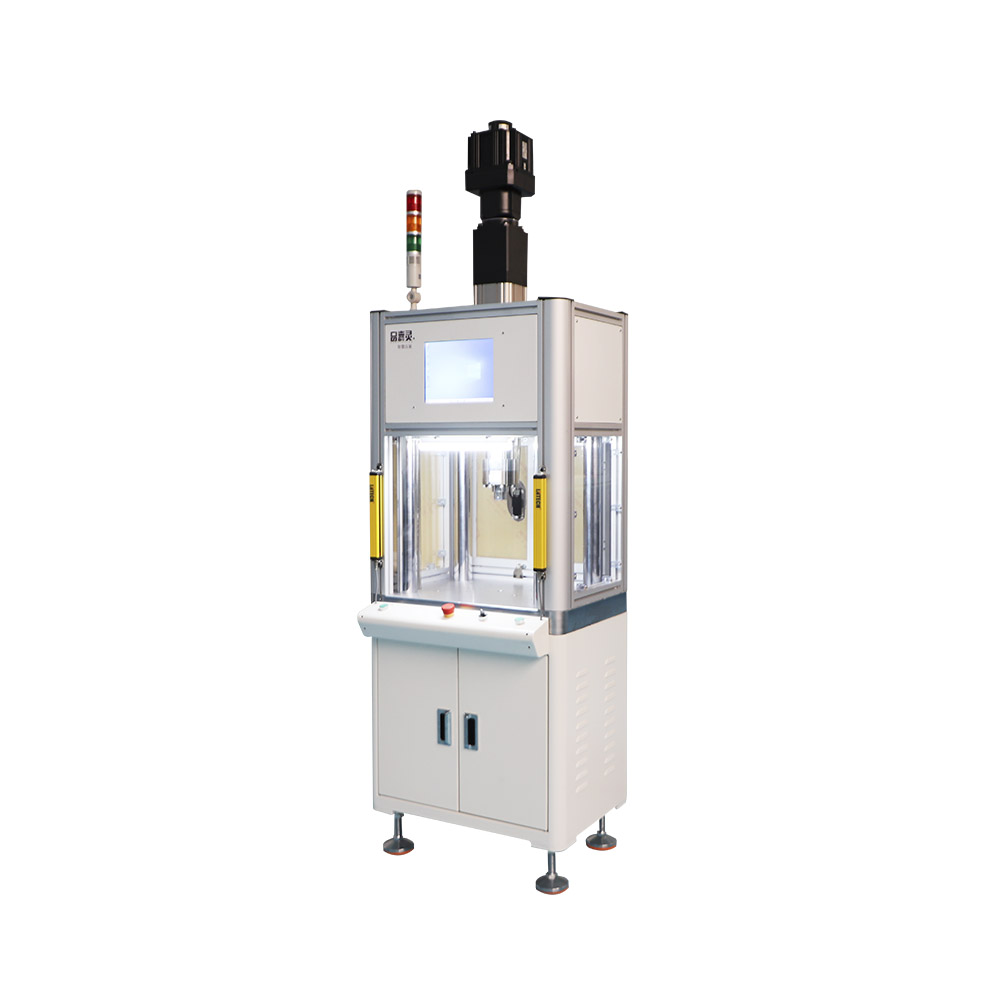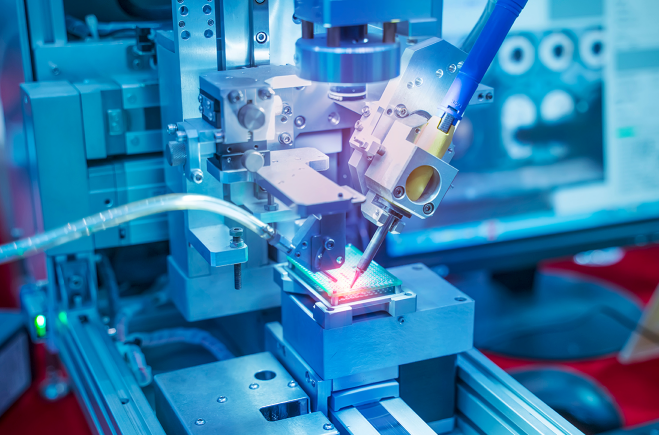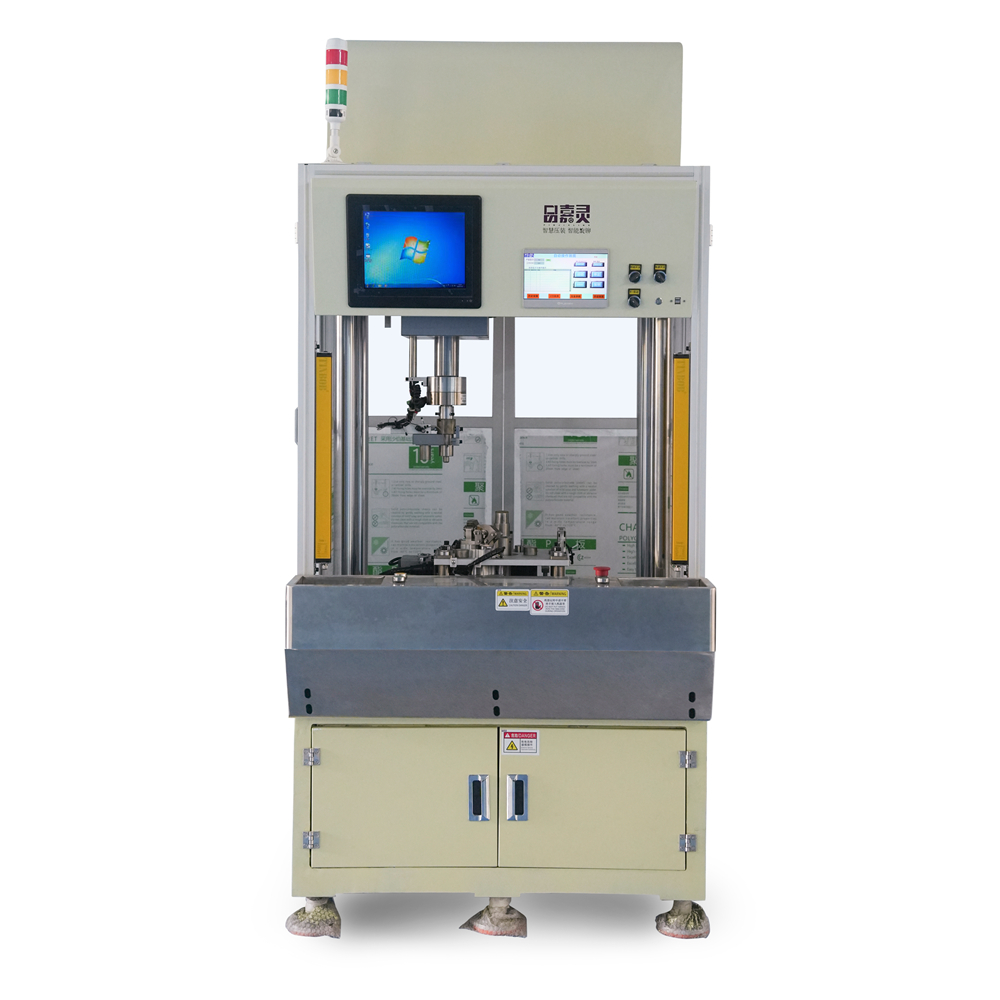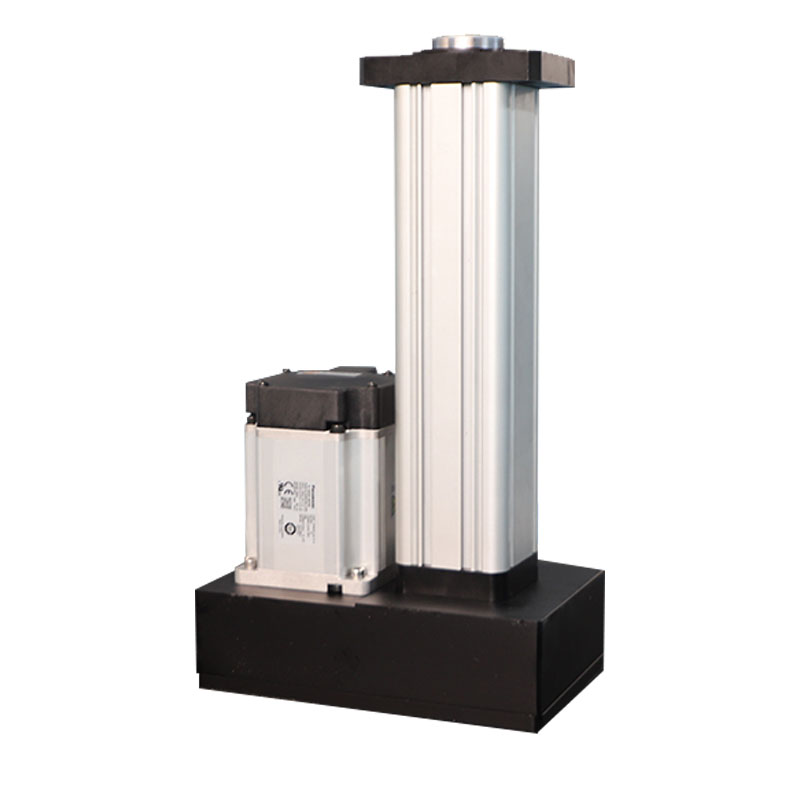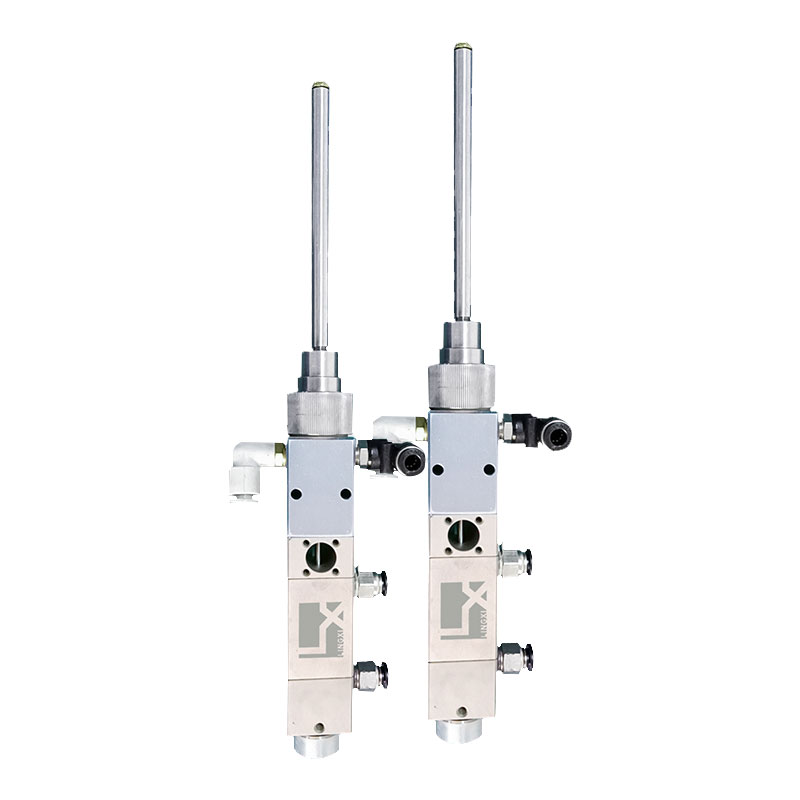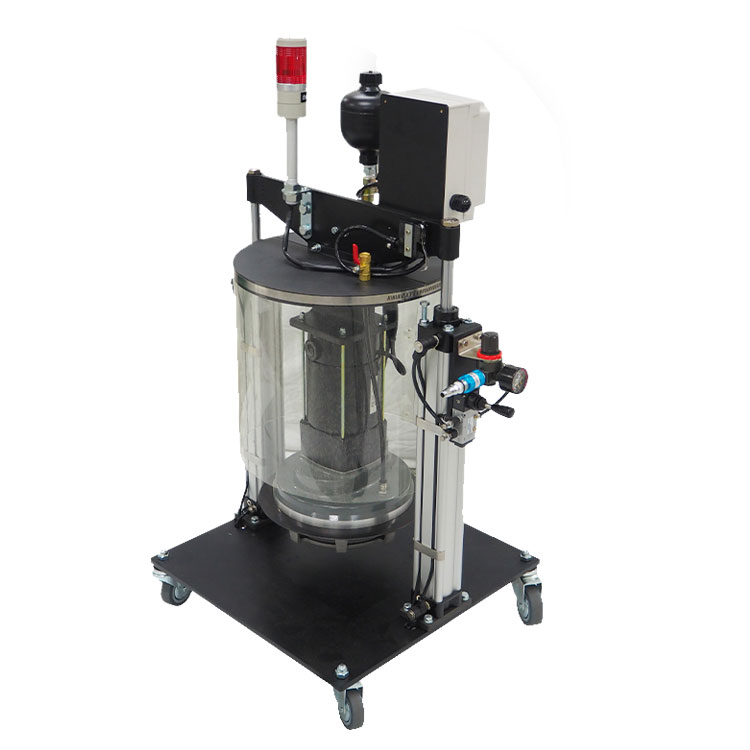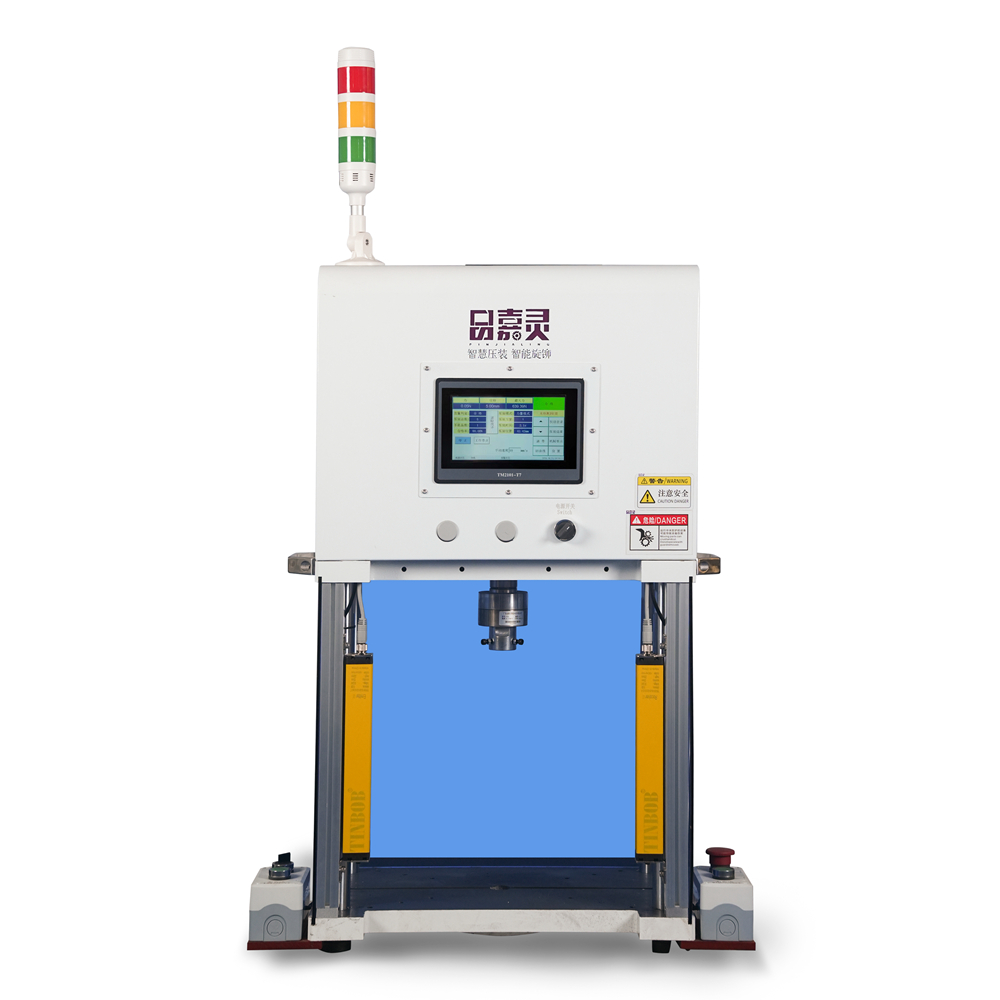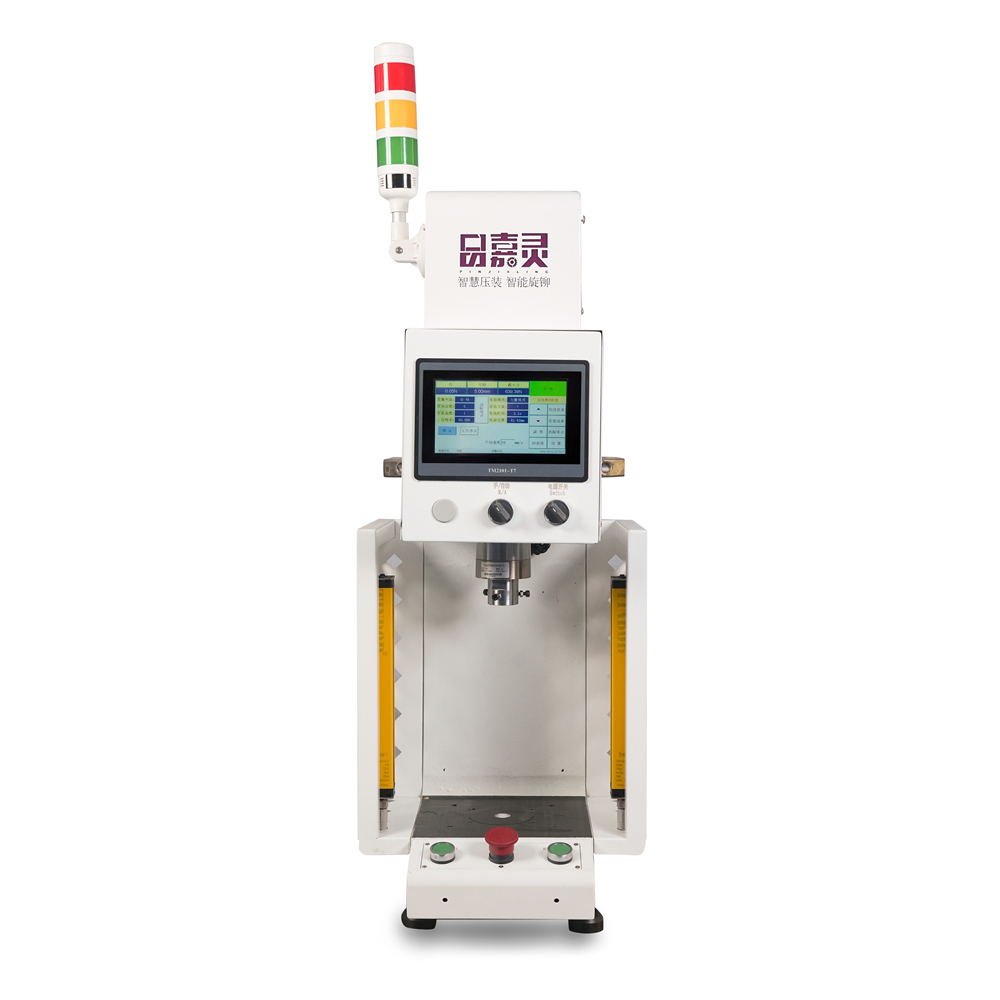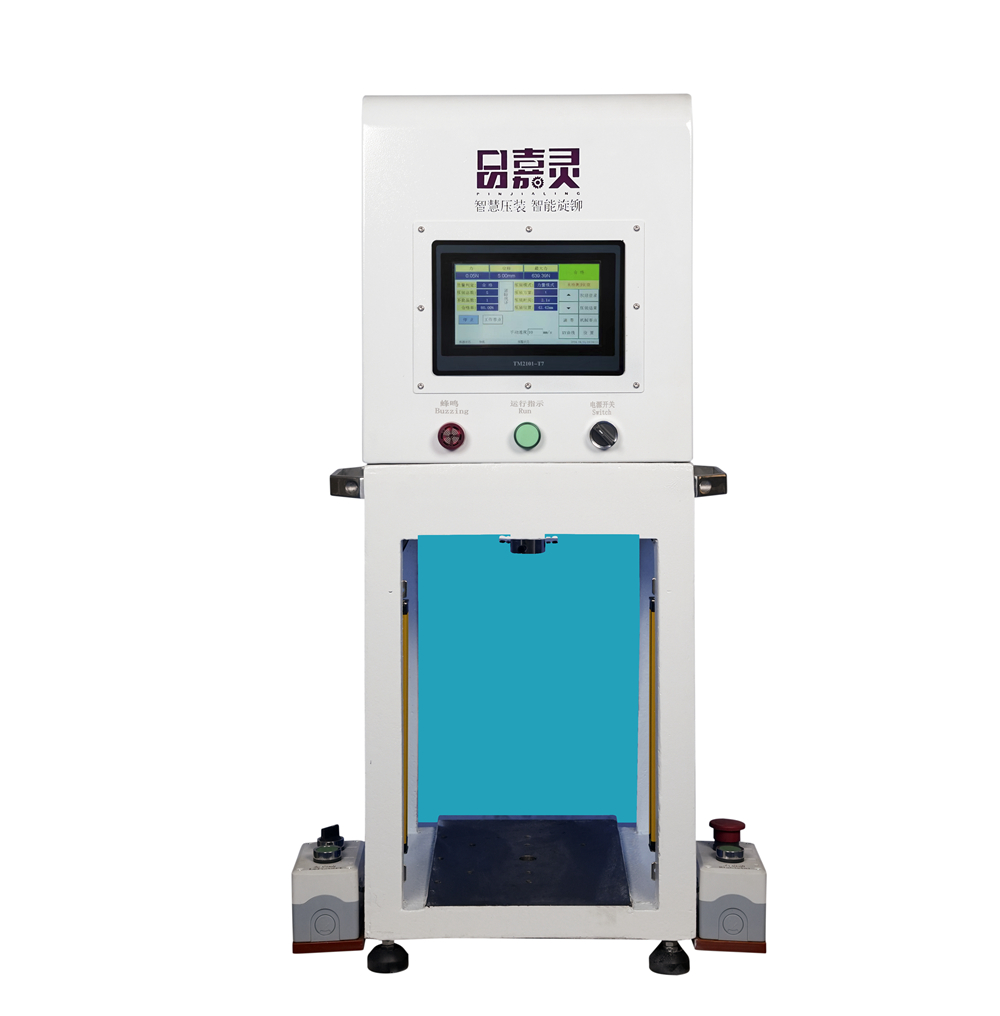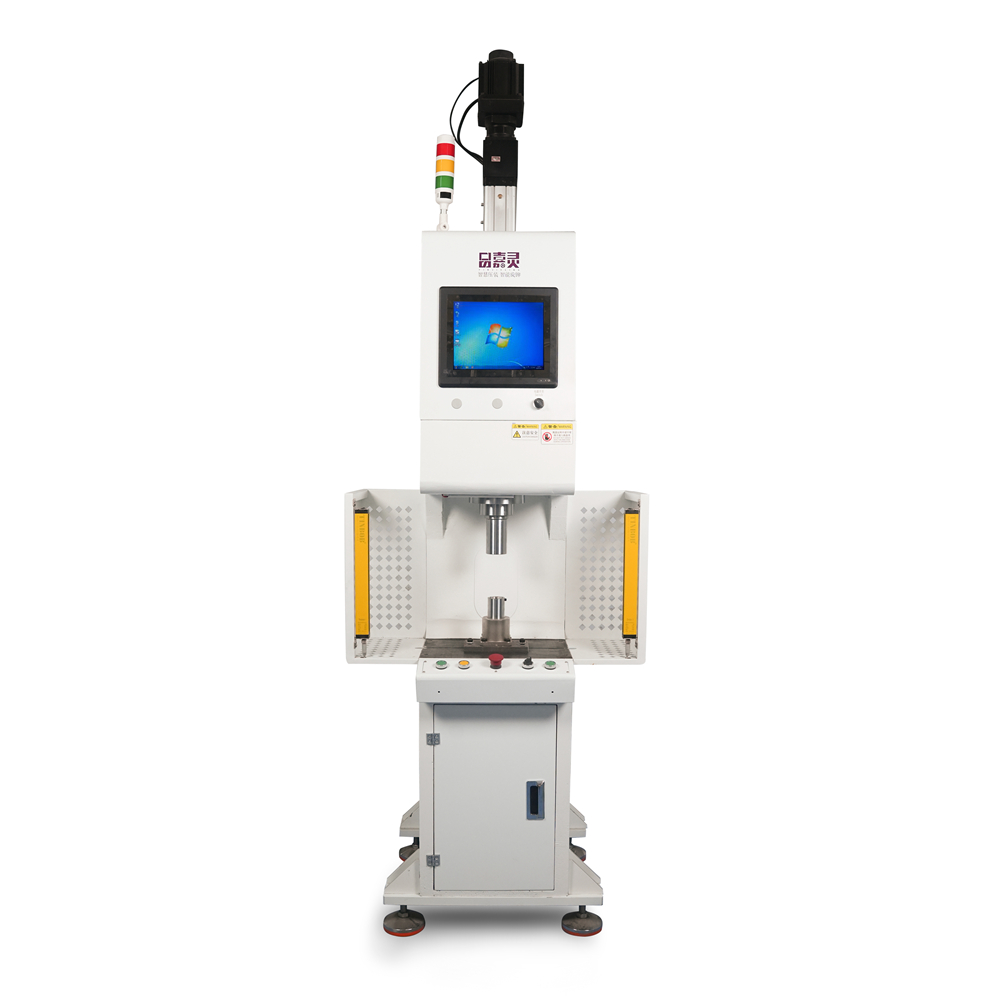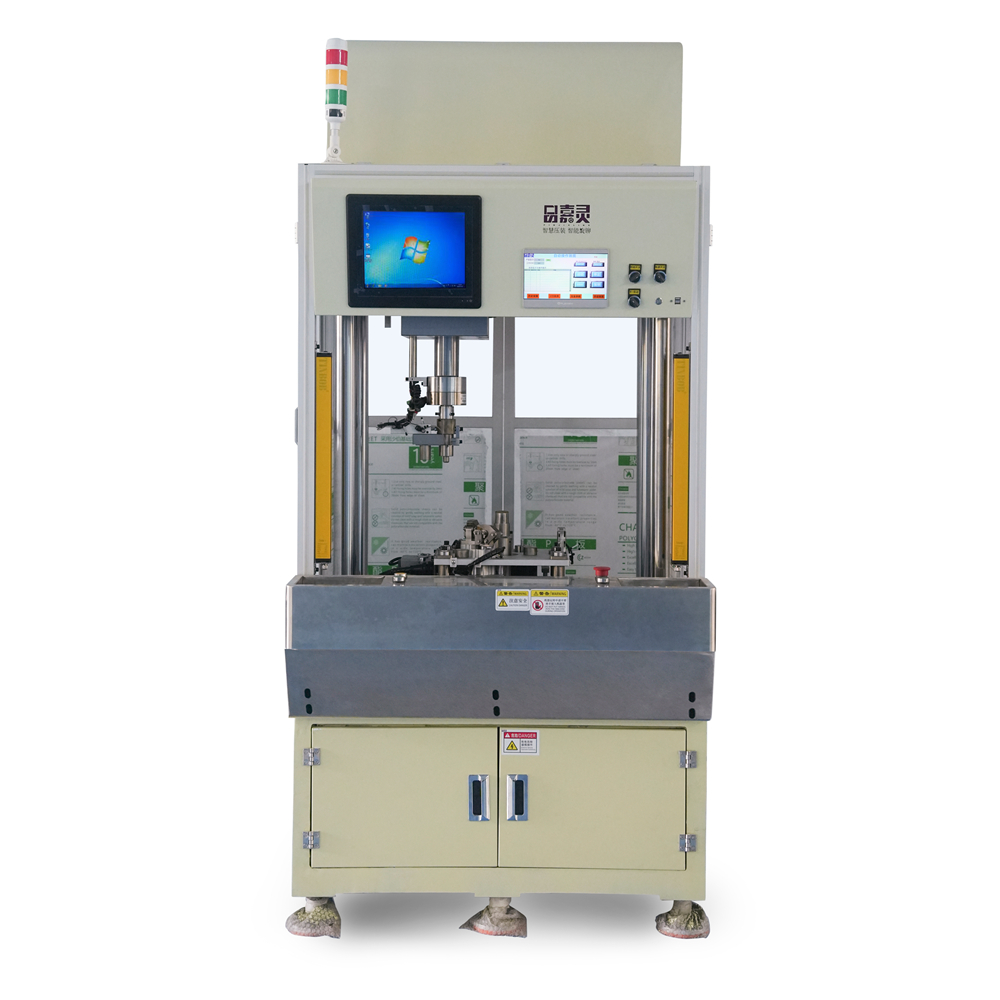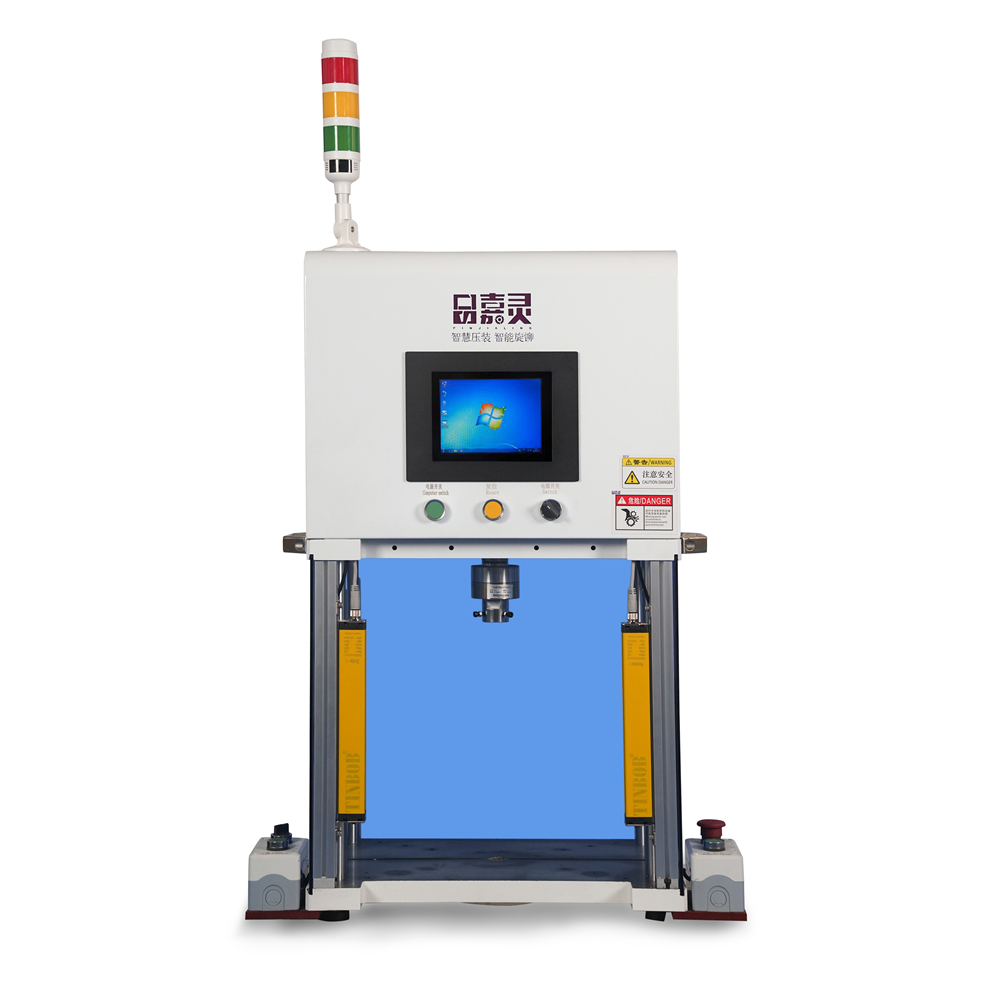Exploring the Applications and Benefits of Four-Post Presses manufacture
مقدمة:
Four-post presses are versatile machines used in various industries for a wide range of applications. These machines provide numerous benefits, such as increased precision, efficiency, and safety. This article delves into the applications and advantages of four-post presses, highlighting their significance in modern manufacturing processes.
I. Definition and Working Principle:
Four-post presses, also known as four-column presses, are hydraulic machines designed to exert force on materials through pressing or forging operations. These presses consist of four vertical columns that provide stability and support to the upper crossbeam. The crossbeam moves up and down, applying pressure to the workpiece positioned on the lower bed.
II. Applications:
Four-post presses find applications in different industries due to their versatility. Some common uses include:
1. Metalworking: Four-post presses are extensively used in metalworking processes, such as punching, bending, embossing, and deep drawing. These machines can handle a wide range of materials, including steel, aluminum, and stainless steel. The precise control and powerful force of four-post presses make them ideal for shaping and forming metal parts.
2. Automotive Industry: In the automotive industry, four-post presses are crucial for manufacturing components like body panels, engine parts, and suspension components. These presses ensure consistent and accurate results, meeting the high-quality standards required in automotive manufacturing.
3. Composite Materials: Four-post presses are also employed in the production of composite materials, such as carbon fiber parts. These machines provide the necessary force to mold and shape composite materials into desired forms, ensuring structural integrity and strength.
4. Plastics Industry: Four-post presses have applications in the plastics industry for tasks like injection molding, compression molding, and thermoforming. These machines can generate high pressure, allowing for precise control over the molding process and producing high-quality plastic parts.
III. Benefits:
Four-post presses offer several advantages over other types of presses, making them a preferred choice in various industries. Some key benefits include:
1. Stability and Precision: The four vertical columns of these presses provide stability and minimize deflection during the pressing process. This stability ensures precise and consistent results, especially for critical applications that require tight tolerances.
2. Increased Efficiency: With their powerful force and fast cycle times, four-post presses enhance production efficiency. The ability to handle heavy loads also contributes to faster manufacturing processes, reducing overall production time.
3. Safety: Four-post presses are equipped with safety features like emergency stop buttons, safety gates, and light curtains, ensuring operator safety during operation. These safety mechanisms minimize the risk of accidents and injuries, making these machines safer to use.
4. Versatility: Four-post presses can accommodate a wide range of tooling and workpiece sizes, making them adaptable to various applications. They offer flexibility in terms of customization, allowing manufacturers to use different molds, dies, or tooling for specific manufacturing requirements.
5. Ease of Use: These presses often come with user-friendly interfaces and programmable controls, making them easy to operate. Operators can adjust parameters like pressure, speed, and stroke length to achieve the desired results, even for complex pressing operations.

خاتمة:
Four-post presses play a crucial role in modern manufacturing processes, offering numerous applications and benefits. From metalworking to automotive manufacturing and plastic molding, these machines provide stability, precision, and efficiency. As technology continues to advance, four-post presses will likely see further improvements, ensuring their continued relevance and significance in the industry.
- How does the S-type servo press work?
- As a kind of precision CNC servo electronic press, the working principle and characteristics of...
- What is a linear servo actuator?
- As an important mechatronic product, the linear servo actuator plays a key role in modern...
- Four-Column Gantry Servo Press: High Precision Pressing, Leading the Way in Intelligent Manufacturing
- In modern manufacturing, the four-column gantry servo press has become the preferred equipment for many...
- Servo Linear Actuator: Precise and Stable Industrial Force
- Servo linear actuator, as an important component in the field of modern industrial automation, plays...
- What exactly is a spray valve?
- Spray valve, this term is not uncommon in daily life and industrial production, but many...
- Electric Butter Machine: Detailed explanation of mechanism, structure and function
- As an efficient and convenient butter production equipment, the electric butter machine realizes the fast...


